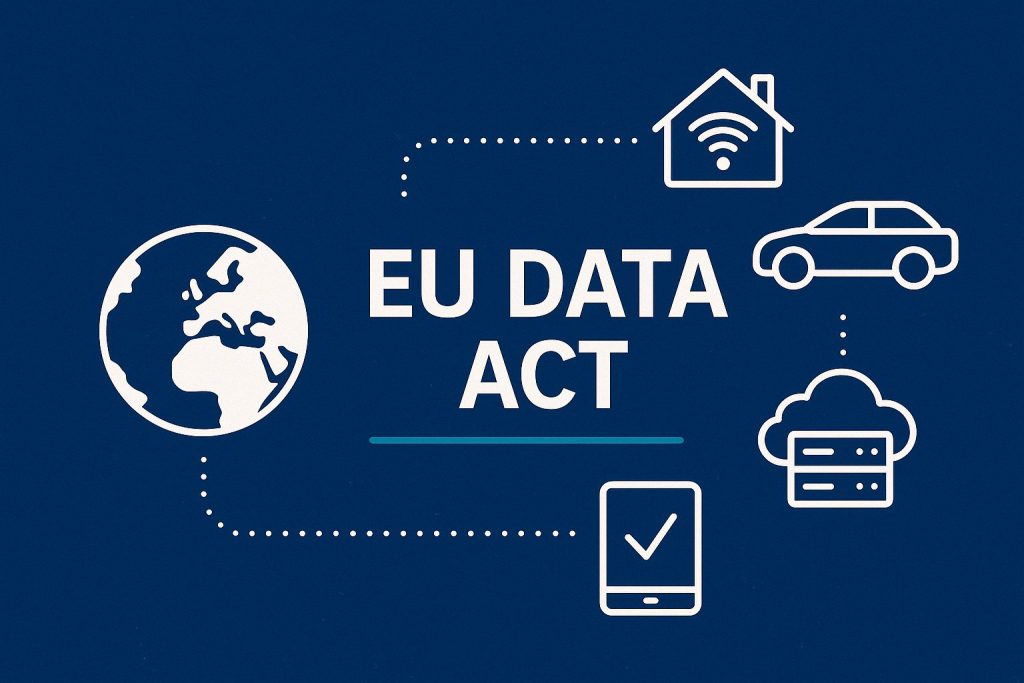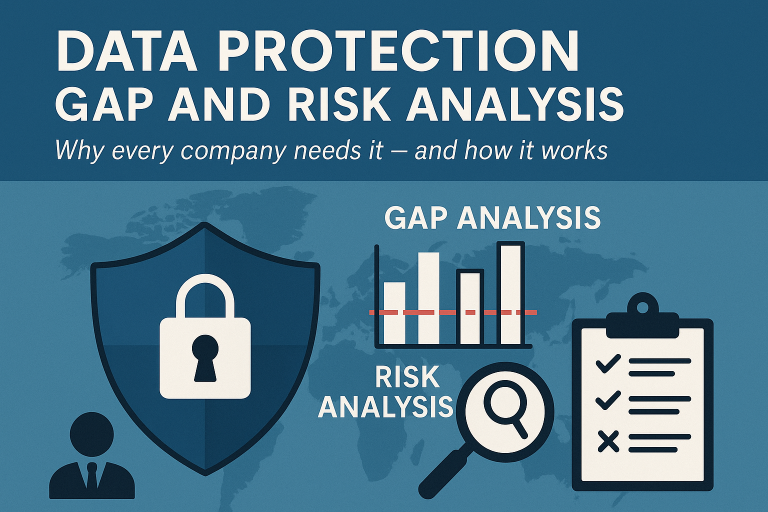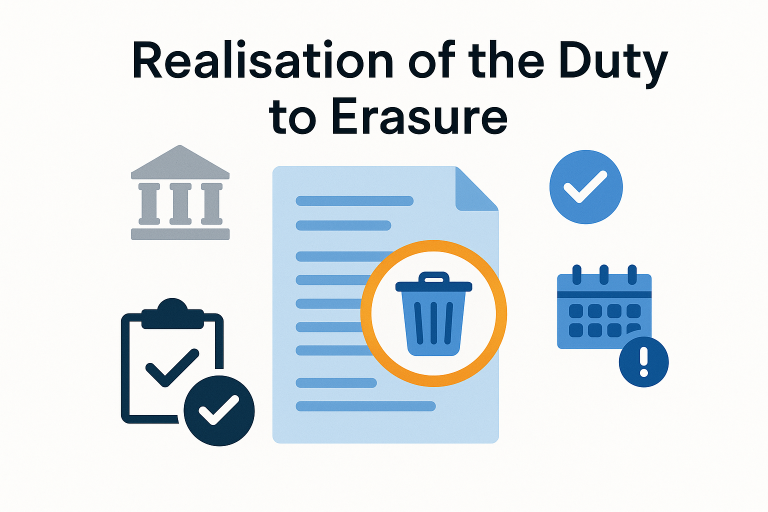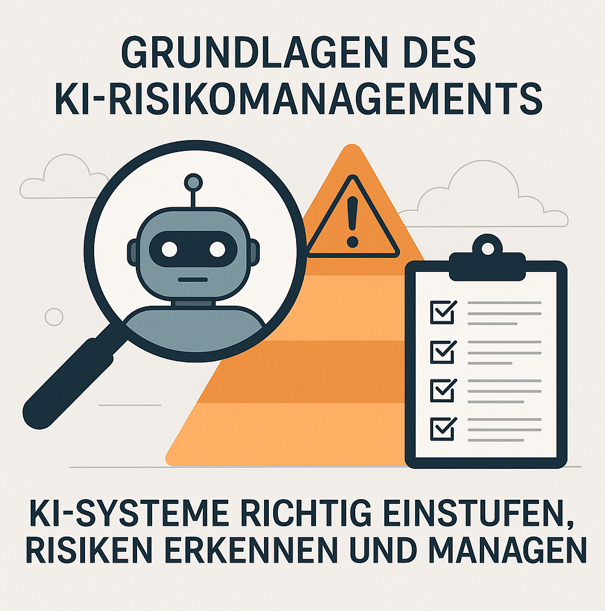Do you have ‘Networked products’ or ‘Connected services’? Use our checklists!
The digital transformation requires a new legal framework. One key innovation is the EU Data Act, which will bring significant changes for providers of digital products and services as early as September 2025. The focus is on access to and use of product-generated data. The correct categorisation as a ‘connected product’ or ‘connected service’ is crucial for the resulting obligations.
What is a ‘connected product’?
This is a physical product that, as intended, generates data about its own performance, use or environment (so-called product data) and can communicate via technical interfaces. The physical component, the active generation of data by the product itself and its ability to communicate are therefore decisive. Products whose main function is solely the storage, processing or transmission of data for third parties (such as pure cloud servers) are excluded. Examples range from smart home technology to modern, connected cars and industrial production systems with predictive maintenance.
What is a ‘connected service’?
A ‘connected service’ is defined as a digital service (often software or an app) that is inextricably linked to a connected product at the time of purchase, rental or leasing and without which the product cannot fulfil essential functions or can only fulfil them to a limited extent.
The challenge of demarcation
In particular, the assessment of the ‘functional dependency’ of the connected service for an ‘essential function’ of the product requires a careful case-by-case examination and harbours delimitation difficulties. While guidelines can provide initial orientation, only case law will provide final clarity. In case of doubt, it may be advisable from a compliance perspective to assume a related service for the time being.
Why the distinction is essential: Obligations under the Data Act
The correct categorisation is essential, as the Data Act attaches specific obligations to it. The following should be emphasised:
- Data access rights for users: users are granted the right to access the data generated by their use of the networked product.
- Data disclosure obligations: Manufacturers or providers must also pass this data on to third parties at the request of the user under certain conditions.
- Transparency obligations: Users must be clearly informed pre-contractually about the type and scope of the data generated and the access modalities.
Need for action for companies
In view of the approaching deadlines (first obligations from September 2025, some transition periods), now is the time to act:
- Inventory and analyse: Identify potentially affected products and services in your portfolio.
- Assessment: Carry out a well-founded categorisation based on the criteria of the Data Act. Involve technical and legal expertise.
- Implementation: Plan the necessary technical or contractual adjustments to guarantee data access and disclosure rights as well as transparency obligations.
Dealing with the Data Act at an early stage is essential to minimise compliance risks. If you are unsure about the classification or specific implementation of the obligations, we strongly recommend seeking specialised legal advice.
Your first steps towards compliance: our checklists
To make your initial assessment easier, we have prepared two compact checklists. These should help you and your teams to quickly identify whether your products or services potentially fall under the definitions of the Data Act.
Checklist 1: Is my product a ‘Networked Product’?
Checklist 2: Do I offer a ‘Connected Service’?
Download the checklists and start your internal audit today!









